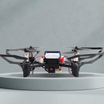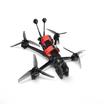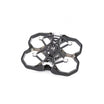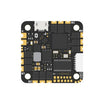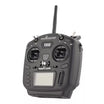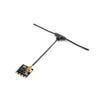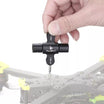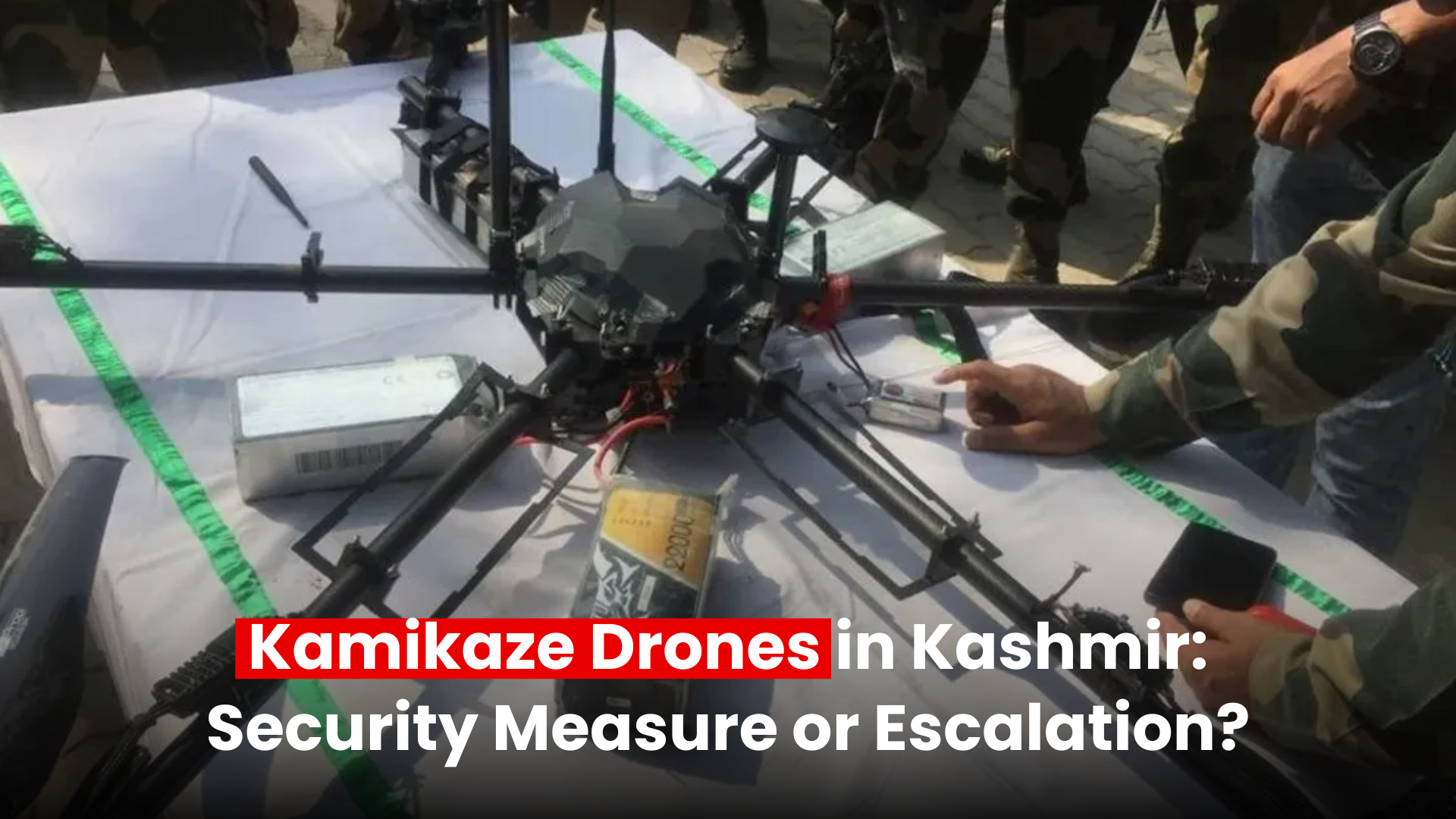The drone landscape is evolving at a breakneck pace. As we move into 2025, it's crucial for drone enthusiasts and professionals alike to stay abreast of the latest regulations. Whether you're capturing breathtaking aerial shots or deploying drones for commercial ventures, understanding the current laws ensures safe and legal operations. Let's navigate through the essential drone laws that every operator should be aware of this year.
The Global Shift in Drone Regulations
Remote Identification (Remote ID)
One of the most significant advancements in drone legislation is the implementation of Remote ID systems. Think of it as a digital license plate for your drone. This system broadcasts essential information, such as the drone's identity, location, altitude, and speed, to enhance airspace awareness and security.
Why It Matters: With the skies becoming increasingly crowded, Remote ID helps authorities monitor drone traffic, ensuring that operators adhere to designated airspaces and reducing the risk of unauthorized flights.
Operator's Responsibility: Ensure your drone is equipped with Remote ID capabilities. For older models, retrofitting might be necessary to comply with current standards.
Operations Over People and Night Flights
The rules governing flights over people and nighttime operations have been relaxed, provided certain conditions are met:
Over People: Drones weighing less than 250 grams (classified as nano drones) can operate over people without special permissions. However, it's imperative to ensure that these flights don't pose undue risks.
Night Operations: Drones equipped with anti-collision lights visible from at least three miles can now operate during nighttime. Operators must have completed appropriate training to handle the challenges of low-visibility flights.
Also read: A guide to tethered drones.
India's Drone Landscape in 2025
India has emerged as a significant player in the global drone ecosystem. The country's regulatory framework has been tailored to foster innovation while ensuring safety and security.
Liberalized Drone Policies
The Indian government has introduced several measures to streamline drone operations:
Simplified Procedures: The number of required forms and permissions has been drastically reduced, making it easier for operators to get airborne. For instance, the permissions have been cut down from 25 to just 5 essential ones.
Digital Sky Platform: This user-friendly online portal serves as a single-window system for all drone-related activities, from registration to flight approvals. It offers interactive airspace maps, highlighting green (no permission required), yellow (controlled airspace), and red zones (restricted areas).
Classification and Operational Guidelines
Drones in India are categorized based on their weight, with specific regulations for each class:
Nano Drones: Weighing up to 250 grams, these drones can operate without a remote pilot license for non-commercial purposes. However, registration is mandatory.
Micro Drones: Ranging from 250 grams to 2 kg, these require registration and, for commercial operations, a remote pilot license.
Small, Medium, and Large Drones: Weighing between 2 kg and over 150 kg, these categories have stricter operational guidelines, including mandatory pilot training and specific airspace permissions.
Also read: The impact of 5G on drone connectivity and performance.
No-Fly Zones and Airspace Restrictions
Operators must be vigilant about restricted areas to avoid legal complications:
Prohibited Areas: Flying drones is strictly forbidden within certain zones, such as:
-
Within 5 kilometers of international airport perimeters in major cities like Mumbai, Delhi, Chennai, Kolkata, Bengaluru, and Hyderabad.
-
Within 3 kilometers of any civil, private, or defense airports.
-
Within 25 kilometers of international borders, including the Line of Control (LoC) and Line of Actual Control (LAC).
Controlled Airspace (Yellow Zones): Operations here require prior permission from relevant authorities. These zones are typically around strategic locations and critical infrastructure.
Safety and Compliance: A Shared Responsibility
While regulations provide a framework, the onus of safe drone operations lies with the operators:
Stay Updated: Drone laws are dynamic, evolving with technological advancements and emerging security concerns. Regularly consult official platforms like the Digital Sky portal for the latest updates.
Training and Certification: Ensure you have the necessary training and certifications, especially for commercial operations. This not only ensures compliance but also enhances operational safety.
Respect Privacy: Avoid flying over private properties without consent. Unauthorized surveillance can lead to legal repercussions.
Conclusion
The drone industry in 2025 offers unprecedented opportunities across various sectors, from cinematography to agriculture. However, with great potential comes the responsibility to operate within the legal frameworks established to ensure safety and security. By staying informed and adhering to the regulations, drone operators can navigate the skies confidently and responsibly.
Remember, the thrill of flight is best enjoyed when it's both exhilarating and lawful. Fly safe!
FAQs on Drone Laws in 2025
Can I modify my drone to bypass Remote ID requirements?
Absolutely not! Modifying your drone to disable or bypass Remote ID is illegal and can result in heavy fines or a permanent ban from flying. Instead of looking for loopholes, ensure your drone complies with regulations. If your drone lacks built-in Remote ID, you can attach an external module approved by aviation authorities.
What happens if my drone accidentally enters a no-fly zone?
If you realize mid-flight that you've entered restricted airspace, the best course of action is to immediately land your drone safely. Many modern drones have geofencing technology that prevents entry into restricted areas, but if yours doesn’t, always check airspace maps before flying. In case authorities detect an unauthorized flight, you may be contacted for an explanation or even face penalties, depending on the location and severity of the violation.
Do I need insurance for my drone in 2025?
While drone insurance isn't mandatory in many countries, it's highly recommended, especially for commercial operators. Accidents can lead to property damage, injuries, or legal liabilities. Some countries and regions have started making liability insurance compulsory for drones above a certain weight. Check with local regulators and consider getting a policy that covers both damage and third-party claims.




